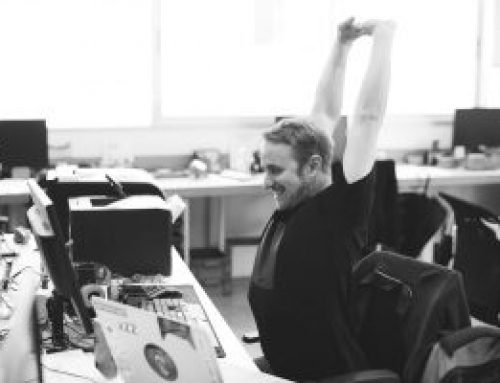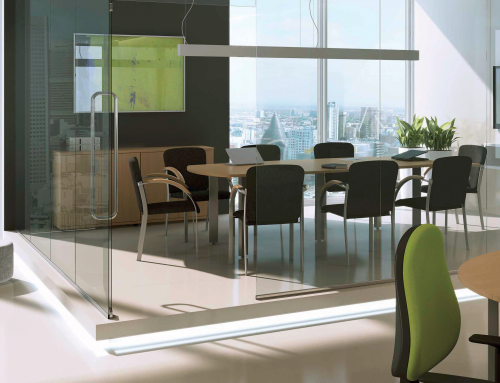Our guide to Office Seating
Office chairs come in a wide range of styles, shapes and sizes. From simple seats designed for informal meetings, to sophisticated ergonomic designs intended for long hours sitting down at work, office chairs are manufactured to serve a range of purposes.
When choosing an office chair, the key factors to consider are comfort, posture, support, mobility and flexibility. Depending on the specifics of how the each chair will be used, purchasing decisions usually involve prioritising one or more of these factors over the others – and then, of course, bringing cost into the equation.
Operators Chairs
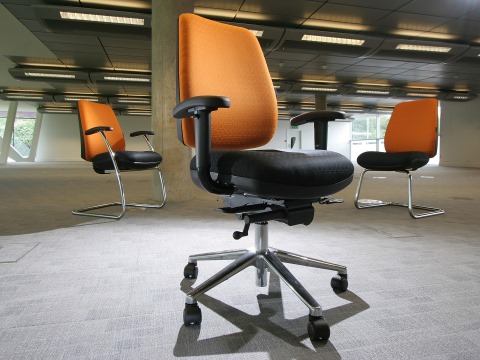
‘Operators chair’ has become something of a catch-all term for affordable office-type chairs. It’s easy to focus purely on price with these chairs and fail to look at the quality and features the average worker really needs. A good quality operators chair will be fully adjustable, allowing the user to move both the seat and back position to encourage good posture, essential when you’re spending long periods working at a screen. It will also have a well-padded waterfall front, stopping the chair from impairing the circulation in your legs. Arms provide greater comport for the user but should be adjustable so that they don’t prevent you establishing a good seating position in relation to your desk. It’s often worth spending a little more money on even an ‘affordable’ chair to ensure your safety and comfort.
Task Seating
You don’t need to limit yourself to a standard operators chair if you’d like to sit at your desk in a bit more style. Even if your work is largely screen based, task seating offers more stylish design options than a standard chair. These ergonomic chairs are intended for people who spend most of their working day sat in front of a computer which, with incorrect support and posture, can risk physical damage over extended periods of time. The adjustments to height, back tilt, seat tilt, armrest height and so on make it possible for any user to achieve a comfortable, upright, supported position. Swivel motion reduces the risk of strains caused by reaching around a desk or turning to speak to someone.
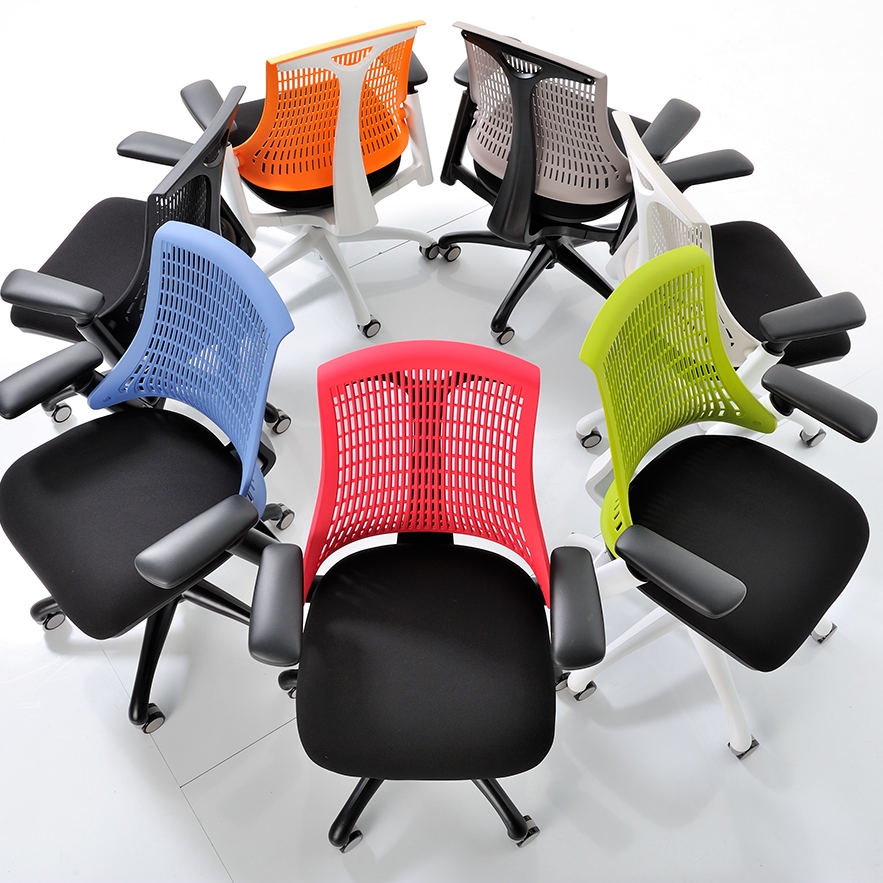
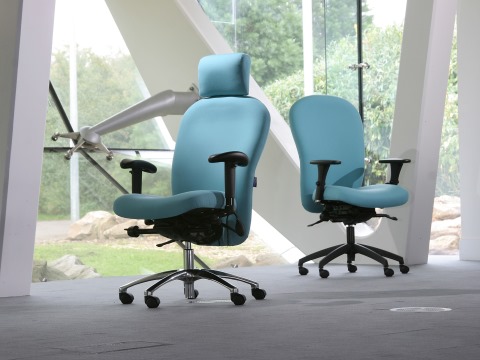
24/7 Seating
In some places of work, chairs are put under more strain than normal. In round-the-clock operations, for example – in security, process control, 24-hour call centres – office chairs may be in use with barely a break seven days a week, 365 days of the year. If chairs are to be used in a 24/7 environment, it follows that they need to be manufactured to even higher standards, making sure they offer every user the same level of safety and comfort over a prolonged period. Equally, people come in all shapes and sizes and like Goldilocks, every chair isn’t suitable for everyone. Some of our seating takes a highly innovative approach. One example is so-called kneel chairs, which feature a rest at the front where the user rests on their bended knees, helping to maintain core strength and keep the back straight. We have ranges of specialist seating especially designed to meet particular needs.
Reception & Breakout Seating
Undoubtedly stylish, Reception and Breakout seating creates the right first impression for staff and visitors alike. Comfortable and attractive, these ranges can be also used to create collaborative and informal spaces that will encourage better communication between staff members. The latest ranges combine room dividers and technology to create flexible, yet private spaces that offer far greater flexibility than a traditional meeting room and make much better use of expensive square footage.
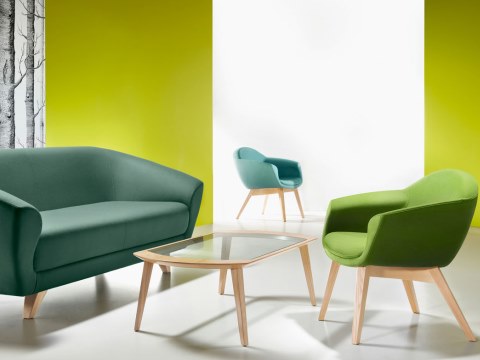
If you’d like more advice about choosing seating, get in touch with one of our experts or call us on 03456 123858.


